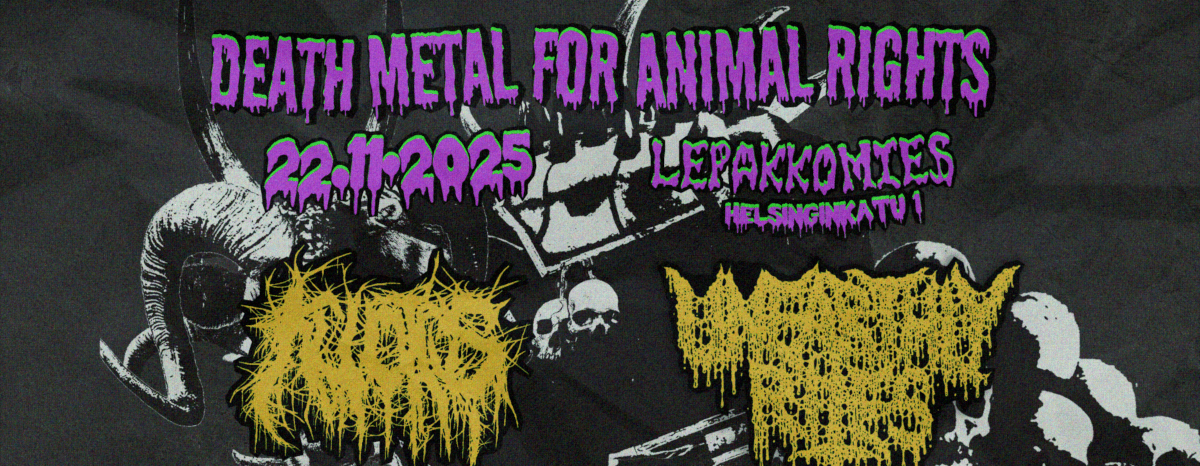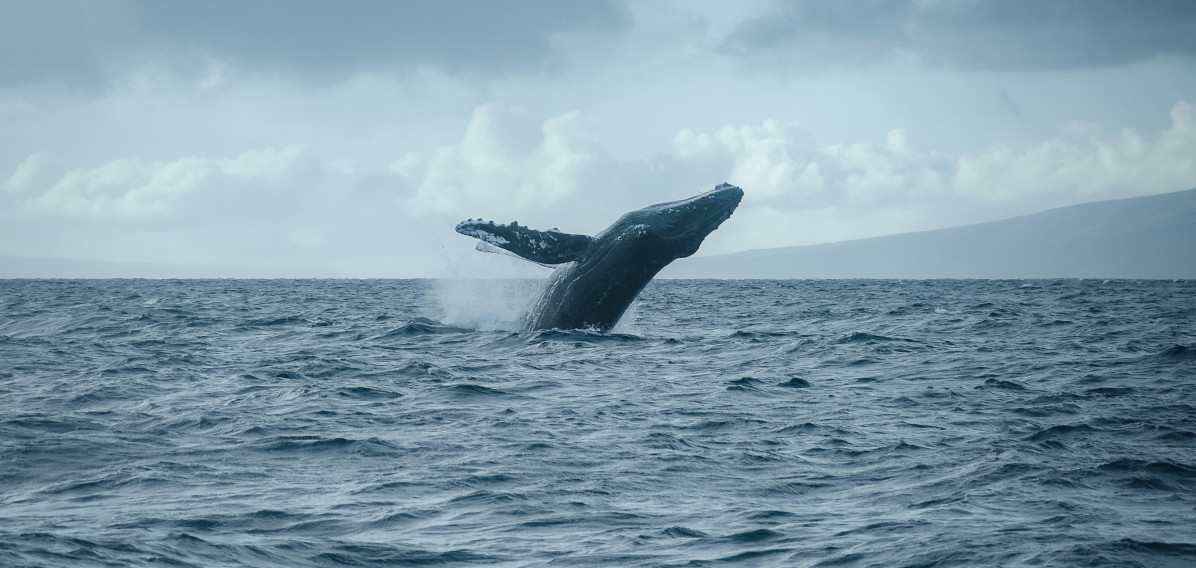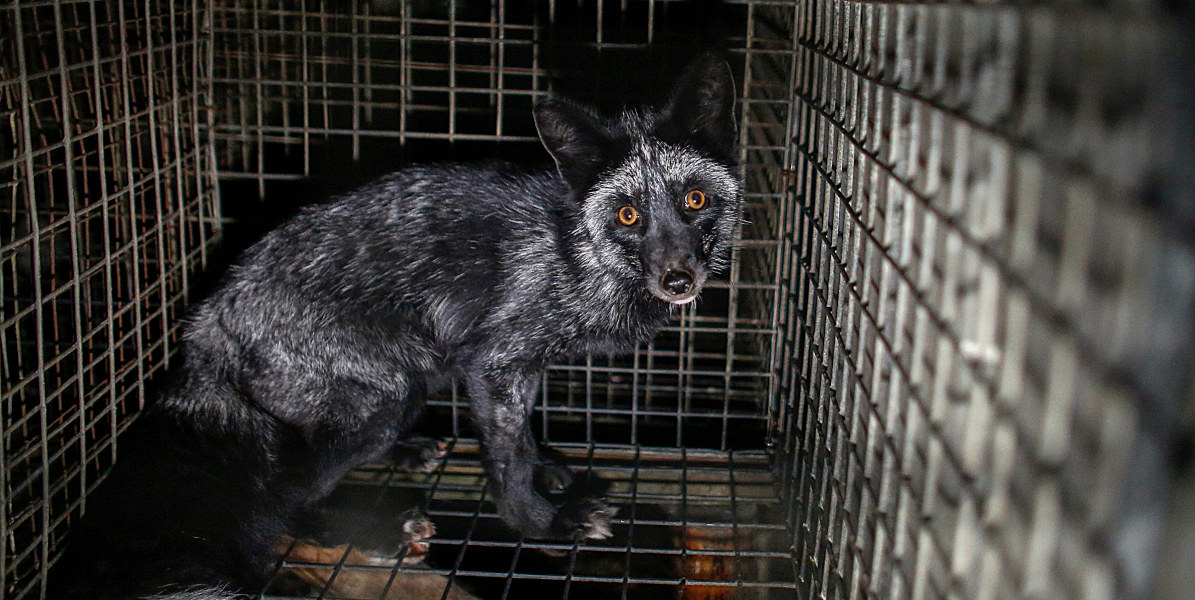Research is continuously looking for alternatives to animal experimentation. Located at the University of Tampere, the Finnish Centre for Alternative Methods (FICAM) is the centre of expertise for alternative methods to animal experimentation in Finland.
Alternatives to animal experiments are needed because they are unethical, expensive and because animal biology differs from human biology. Existing legislation already requires the use of cell models when reliable models are available. The EU Cosmetics Directive prohibits animal testing on cosmetic products and cosmetic ingredients.
Animal experiments are unethical, expensive and do not reliably predict human outcomes.
In Finland, the Finnish Centre for Alternative Methods (FICAM) researches alternatives to animal experimentation. The centre employs around 10 people who have backgrounds in biochemistry and cell biology, for example. The Director of FICAM is Professor Tuula Heinonen. FICAM develops human-cell-based tissue/organ models for researchers, authorities and for industrial use. By doing so, the centre decreases the number of animals needed for experiments.

What is a cell model?
Animal models are used to study overall impacts in the body, whereas cell models are used to test the impacts on different tissues and organs such as the liver, kidneys and intestines. With the help of computer models, the results can be combined to cover an entire human being.
“We develop models and tests based on our own innovations, bring models developed elsewhere to our laboratory and serve as the validation laboratory for EU level methods. We also share information and educate others. Our researchers are for example developing a vasculogenesis/angiogenesis and a cardiovascular model that could be used as a basis for other tissue models. These models attempt to simulate the tissue or organ in question as accurately as possible. In such cases, we combine several cell types”, Heinonen explains.
The equivalence of the model with the tissue in question is ensured by comparing its structure and changes on a cellular level with the structure and changes on a cellular level of the equivalent human tissue. The developed vasculogenesis/angiogenesis model also serves as the basis for other models and tests. It models natural blood vessels even though there is no blood running through this vasculature.
Vasculogenesis/angiogenesis test replaces animal experiments in cancer drug development
Cancer cells have been used in research for a long time. Using other human cells is a much more recent technology introduced only in the 2000s. The vasculogenesis/angiogenesis model mimics the development of blood vessels in both embryos and adults.
The developed vasculogenesis/angiogenesis test can be used for many purposes. For instance, it can be used to replace animal experiments in cancer drug development or in research into medicines that aim to prevent blood vessel formation. The aim of a cancer drug is to prevent the formation of blood vessels that feed cancerous tumours. In the case of embryos, it is a problem if the blood vessels do not form as it may cause limb malformations. The vasculogenesis/angiogenesis model can also be used to measure whether a chemical can prevent embryonic blood vessel formation.
The cells used in the research are obtained either from Finnish hospitals with patients’ consent or they can be differentiated from adult stem cells or differentiated cells, such as skin cells. Cells can also be purchased from companies specialised in producing them. Fat stem cells are obtained from fat removal procedures and certain umbilical cord cells can be isolated at birth.

A Finnish alternative to animal testing for industry needs
FICAM is currently funded by the Academy of Finland, the Ministry of Education and Culture and the Ministry of Agriculture and Forestry. Business Finland (previously the Finnish Funding Agency for Innovation Tekes) supports the creation of commercial conditions. The testing and research services can be purchased by any party, such as industrial enterprises and university research teams.
FICAM can offer high-quality testing services in Finland.
FICAM has a high-quality testing laboratory offering tests that fulfil the authorities’ requirements. Consequently, FICAM can offer high-quality testing services in Finland. For example, the cosmetics industry can buy their services. Similarly, FICAM can test ingredients used in other chemicals, such as drugs, food additives, paints and household chemicals, and these tests do not have to be made abroad.
Tuula Heinonen is optimistic about the future of alternatives to animal testing in Finland and abroad. FICAM has plenty of students working in this field, ranging from doctoral students to students writing their master’s thesis.
The European Commission is strongly committed to stopping animal experimentation. The experiments are unethical, expensive and do not reliably predict human outcomes. The European Commission finances projects developing alternative methods, but there is less funding available than in the United States. According to Heinonen, there is a much stronger push towards alternatives to animal experimentation in the United States above all because they are cheaper and better at modelling human conditions than animal experiments.
The positive developments are partially due to the validity of cell tests and – as is often the case – money. When it comes to testing methods, prices matter. Cell tests are cheaper than animal tests. They can be automated providing virtually unlimited capacity. The main advantage of human-cell-based models when compared with animal experiments is that they represent human biology instead of animal biology. Heinonen explains that animal experiments can be applied to humans only in about 50 per cent of cases, often even less than that.
When it comes to testing methods, prices matter. In conclusion, Heinonen gives an example: in pharmaceutical drug development, there is only an eight percent success rate. Ninety-two per cent of drug candidates never make it to the market. With the help of human-cell-based models, this figure may increase in the future.
Translation: Johanna Koskinen.
References
Interview with Professor Tuula Heinonen.
Official website for FICAM (in English). The link will open in a new tab.
Order magazine
This article originally appeared in Animalia magazine 1/2019. Are you interested in the magazine? Join Animalia here and receive the magazine as part of your membership. (The magazine is only published in Finnish.)






